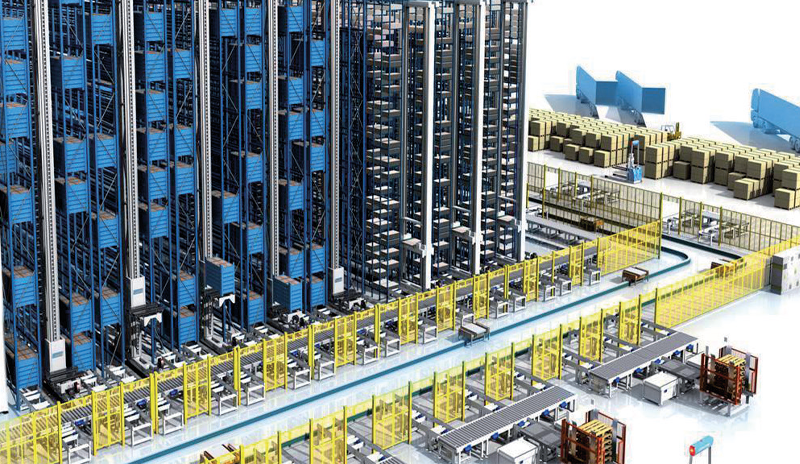This article presents simulation examples for three types of firefighting equipment for cultural heritage buildings using Particleworks, a CFD software based on the Moving Particle Simulation (MPS) method: a water discharge gun, a drencher, and a firefighting drone. Such firefighting equipment is generally verified by means of installation standards and on-site water discharge tests, however, field tests that include all realistic fire conditions are impractical due to the cost and the physical risk to valuable buildings.
Numerical simulation is therefore beneficial for the first evaluation of the firefighting equipment’s effectiveness.
Read the articlesoftware
Particleworks is an advanced CFD Software solution, based on the Moving Particle Simulation (MPS) method.
particleworks

CASE STUDY
Stacker cranes handle pallet placement in the warehouse, moving longitudinally along the aisles between the warehouse shelves to deposit and retrieve loads. Stacker cranes are susceptible to earthquakes that can damage them and the racks around them.
mechanics civil-engineering